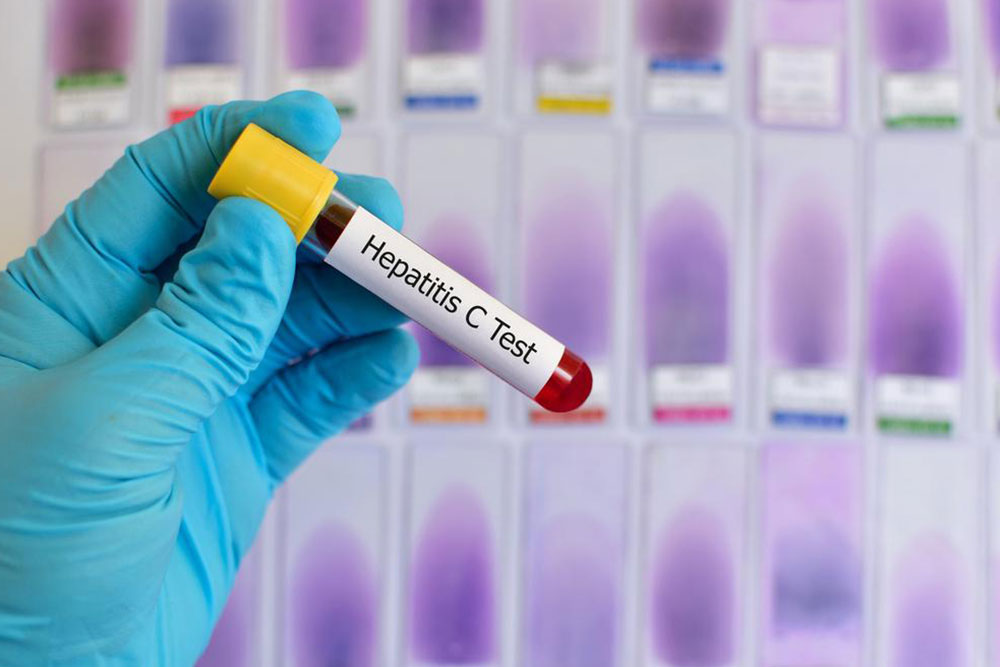Early Warning Signs and Detection Methods for Esophageal Cancer
Learn about the early warning signs of esophageal cancer, including difficulty swallowing, chest pain, and weight loss. Discover screening methods for high-risk individuals like endoscopy and imaging tests to facilitate early detection and improve outcomes.

Early Signs and Detection of Esophageal Carcinoma
Esophageal cancer represents around 1% of all diagnosed cancers nationwide, impacting nearly 17,000 adults annually. While the precise cause remains unknown, certain risk factors elevate the likelihood of developing this disease. Chronic acid reflux or GERD causes repeated esophageal damage, increasing risk. Excessive alcohol intake and smoking are also significant contributors. Conditions such as achalasia, tylosis, and Paterson-Brown Kelly syndrome further heighten susceptibility.
Individuals with these risk factors are advised to undergo regular screening, as early symptoms often appear late. Recognizing initial signs can aid in timely detection.
One of the earliest indicators is difficulty swallowing, known as dysphagia, where food seems to get stuck or causes choking sensations. Initially mild, this symptom worsens over time, narrowing the esophageal opening. As this occurs, individuals change eating habits, opting for softer foods and smaller bites, and they may produce excess saliva or mucus.
Chest discomfort or persistent pain, especially in the center of the chest, can also be an early sign. Unexplained weight loss results from reduced food intake, metabolic changes, or decreased appetite. Other early symptoms include hoarseness, chronic cough, recurring hiccups, black stools from bleeding, and bone pain.
Detecting esophageal cancer early is challenging because symptoms often emerge in advanced stages. The American Cancer Society notes no standard screening test for average-risk individuals. However, those with high risk factors, such as Barrett’s esophagus or family history, should consider screening for early detection.
Monitoring and screening are key for high-risk groups to identify precancerous changes or early-stage cancer, increasing the chances of successful treatment. Recommended tests include:
Medical evaluation and physical exam: An assessment of medical history and a thorough physical examination of the neck and chest help identify symptoms and risk factors. Further testing may be advised if abnormalities are detected.
Endoscopy: Regular upper endoscopies allow doctors to visualize the esophageal lining directly. Biopsies can be taken if abnormal cells are observed. Ultrasound may be used during endoscopy to assess tumor size and lymph node involvement. Additional procedures like bronchoscopy or laparoscopy help determine if cancer has spread.
Imaging techniques: Tests such as X-rays, MRI, or CT scans provide detailed images. The barium swallow test, involving swallowing a contrast solution, identifies irregularities in the esophageal lining.
Biopsy: Cells sampled during endoscopy are examined in labs to confirm or rule out cancer.










